Governance
Risk Management
Risk Management System
A Risk Management Committee chaired by the Head of Corporate Administration Division has been established to strengthen the defense system in response to the various risks facing the company, and risks that can have a significant impact on management are managed throughout the organization, and appropriately evaluated and responded to. Furthermore, in response to the specific individual risk involving compliance, safety, disasters, information security, and export management, we have established committees and councils including the Corporate Compliance Committee, Central Safety and Health Committee, Central Disaster Prevention Council, CSR Council, Environment Council, Information Security Council, Personal Information Protection Management Committee, and Export Control Committee. We have prepared and developed regulations, guidelines, and manuals for implementing risk management, and we also conduct education and training activities.
The activities of the Risk Management, Corporate Compliance, Export Control, and Personal Information Protection committees are periodically reported to the Board of Directors.
Other committees’ activities are reported at management meetings as appropriate, and matters are reported to the Board of Directors if doing so is deemed necessary.
The activities of the Risk Management, Corporate Compliance, Export Control, and Personal Information Protection committees are periodically reported to the Board of Directors.
Other committees’ activities are reported at management meetings as appropriate, and matters are reported to the Board of Directors if doing so is deemed necessary.
The following meetings* were held in FY 2022:
* Includes ad hoc committee meetings
| Risk Management Committee | Met 22 times |
|---|---|
| Personal Information Protection Management Committee | Met 4 times |
| Export Control Committee | Met twice |
| Information Security Committee | Met twice |
In addition to regular committee meetings held twice a year, the Risk Management Committee and other committees may hold extraordinary committee meetings based on the criteria set forth in the committee rules.
In FY2022, the Risk Management Committee and the Personal Information Protection Committee held extraordinary committee meetings, and the results of the meetings are shown in the table above.
Going forward, we will not neglect our daily activities, and we will implement the PDCA cycle by identifying possible risks, considering countermeasures, notifying the parties involved, and conducting verification.
In FY2022, the Risk Management Committee and the Personal Information Protection Committee held extraordinary committee meetings, and the results of the meetings are shown in the table above.
Going forward, we will not neglect our daily activities, and we will implement the PDCA cycle by identifying possible risks, considering countermeasures, notifying the parties involved, and conducting verification.
Information Security Initiatives
Yokohama Rubber and the Yokohama Rubber Group promote various information security measures to protect our customers' personal information and other confidential information from cyber attacks and other information leak risks that are becoming more sophisticated and complex every day.
As for information security rules and regulations, we have established information security management rules and procedures, which are periodically reviewed in response to changes in the environment surrounding information security.
As part of the Yokohama Rubber Group's overall efforts, information management managers have been assigned to each organization and Group company, and an information security communication network has been established.
We consolidate and provide information at the "Information Security Liaison Desk" including issues from stakeholders.
We are working to strengthen relationships so that we can respond promptly in the event of an information security incident.
Targeted attack e-mail training and e-learning are regularly conducted for employees.
Our information security management system is certified by TISAX (Trusted Information Security Assessment Exchange), an information security assessment developed by the German Association of the Automotive Industry, in 2022.
For Group companies, we regularly hold hearings on information security, conduct security education, share information on a daily basis, and alert employees, and we are working to foster information security literacy throughout the Group by encouraging them to raise their awareness.
As for information security rules and regulations, we have established information security management rules and procedures, which are periodically reviewed in response to changes in the environment surrounding information security.
As part of the Yokohama Rubber Group's overall efforts, information management managers have been assigned to each organization and Group company, and an information security communication network has been established.
We consolidate and provide information at the "Information Security Liaison Desk" including issues from stakeholders.
We are working to strengthen relationships so that we can respond promptly in the event of an information security incident.
Targeted attack e-mail training and e-learning are regularly conducted for employees.
Our information security management system is certified by TISAX (Trusted Information Security Assessment Exchange), an information security assessment developed by the German Association of the Automotive Industry, in 2022.
For Group companies, we regularly hold hearings on information security, conduct security education, share information on a daily basis, and alert employees, and we are working to foster information security literacy throughout the Group by encouraging them to raise their awareness.
Review of FY 2022 Activities
Verifying employee safety
The safety confirmation system was introduced in FY2009, and the scope was expanded to include domestic production subsidiaries in 2019 with their registration, and drills have been conducted on an ongoing basis since then.
In addition to periodic safety confirmation drills at each site, a nationwide simultaneous safety confirmation drill has been conducted in March since 2021.
By increasing the frequency of safety confirmation drills, we are working to improve our initial response capabilities in the event of a disaster and raise employees' awareness of disaster preparedness.
By increasing the frequency of safety confirmation drills, we are working to improve our initial response capabilities in the event of a disaster and raise employees' awareness of disaster preparedness.
Being prepared for a disaster (database activation)
Since 2017, we have stipulated in our "Disaster Prevention Guidelines" the stockpiles that should be deployed at each site, including quantities.
Based on the guidelines, the database manages and confirms that stockpiles have been secured for the required number of days, and any shortages, including replacement of expired stockpiles, are replenished.
In addition, we have confirmed the content, frequency, and number of participants in disaster drills to be prepared to respond quickly in the event of a disaster.
Based on the guidelines, the database manages and confirms that stockpiles have been secured for the required number of days, and any shortages, including replacement of expired stockpiles, are replenished.
In addition, we have confirmed the content, frequency, and number of participants in disaster drills to be prepared to respond quickly in the event of a disaster.
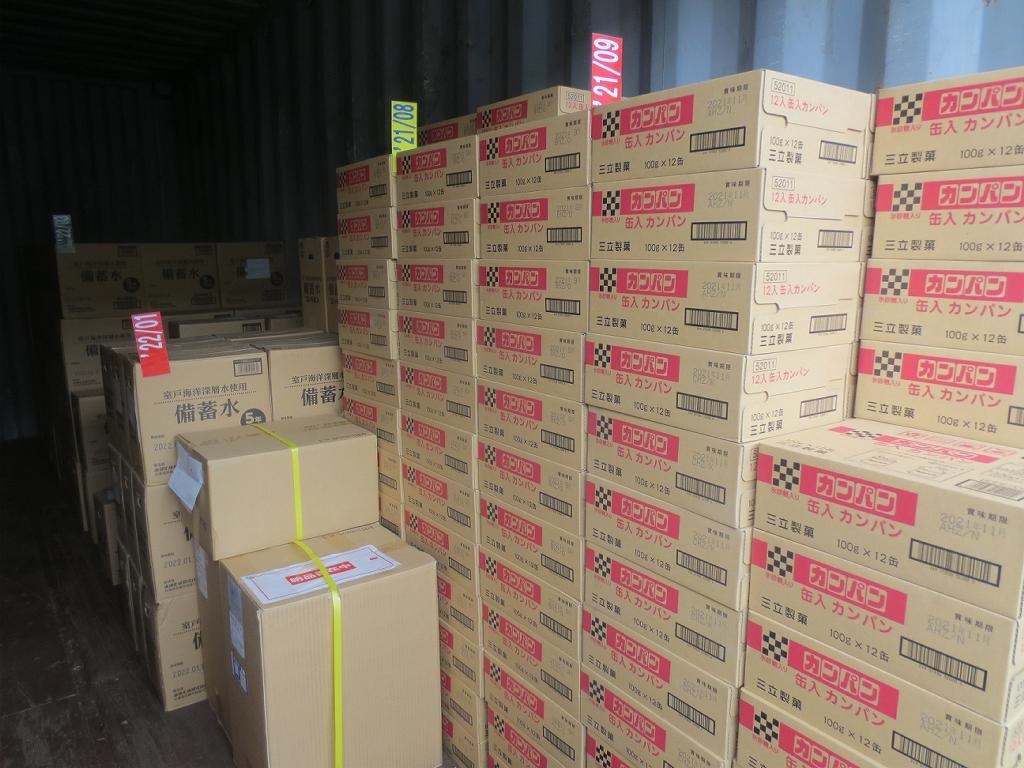
Stockpiling for disasters
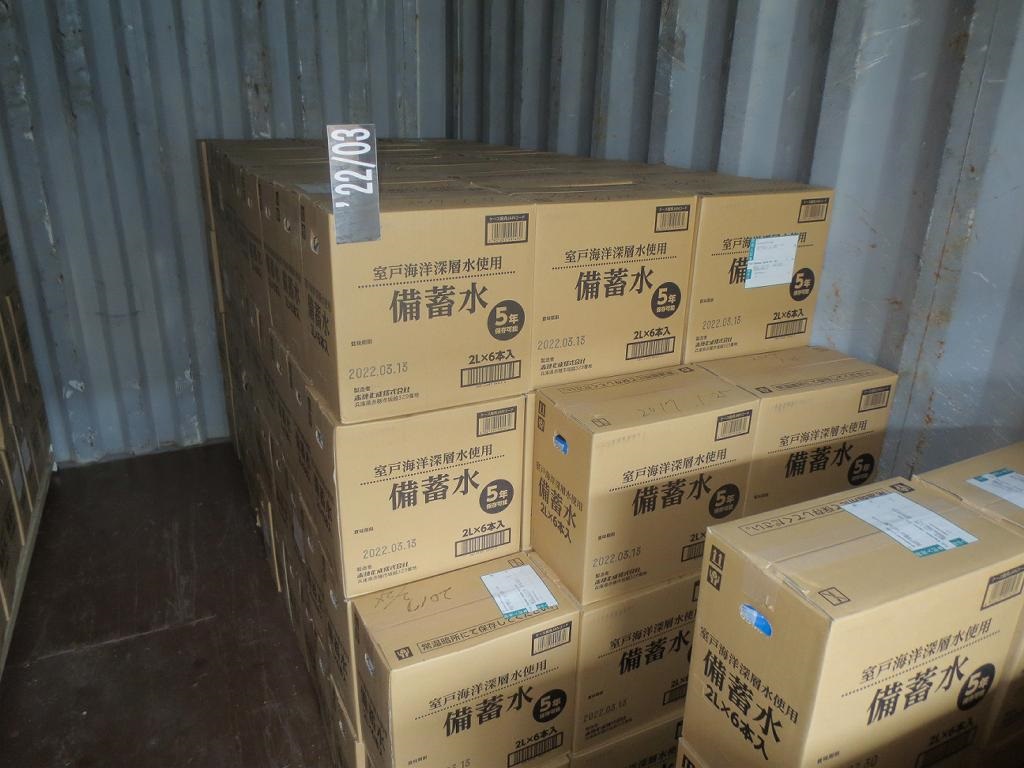
Stockpiling for disasters
Fire Prevention, Disaster Prevention and BCP Initiatives
In fire prevention activities, we revised in May 2022 our company-wide guideline "Fire Prevention Guideline" with the aim of preventing fires from occurring and preventing the spread of fire in the event of an accident.
In accordance with these guidelines, we conduct internal fire audits of our domestic and overseas offices and affiliates.
This has enabled us to check the fire prevention organization system and firefighting equipment, identify fire risks and issues in factories, warehouses, and offices, and establish a system to prevent recurrence.
We will continue these activities from FY2022 onwards and continue to strengthen the fire prevention system of Yokohama Rubber Group by implementing the PDCA cycle for improvements that will lead to fire prevention.
In disaster prevention activities, we revised the "Disaster Prevention Guidelines" in September 2021 to clarify our preparedness for increasingly severe natural disasters and infectious diseases occurring in wide areas.
The purpose of these guidelines is to maintain the company's activities on the basis of putting human life first, and to enhance Yokohama Rubber's disaster preparedness by clarifying the actions employees should take in the event of a disaster, the company's disaster prevention system, and the enhancement and management of disaster supplies.
In accordance with these guidelines, we conduct internal fire audits of our domestic and overseas offices and affiliates.
This has enabled us to check the fire prevention organization system and firefighting equipment, identify fire risks and issues in factories, warehouses, and offices, and establish a system to prevent recurrence.
We will continue these activities from FY2022 onwards and continue to strengthen the fire prevention system of Yokohama Rubber Group by implementing the PDCA cycle for improvements that will lead to fire prevention.
In disaster prevention activities, we revised the "Disaster Prevention Guidelines" in September 2021 to clarify our preparedness for increasingly severe natural disasters and infectious diseases occurring in wide areas.
The purpose of these guidelines is to maintain the company's activities on the basis of putting human life first, and to enhance Yokohama Rubber's disaster preparedness by clarifying the actions employees should take in the event of a disaster, the company's disaster prevention system, and the enhancement and management of disaster supplies.
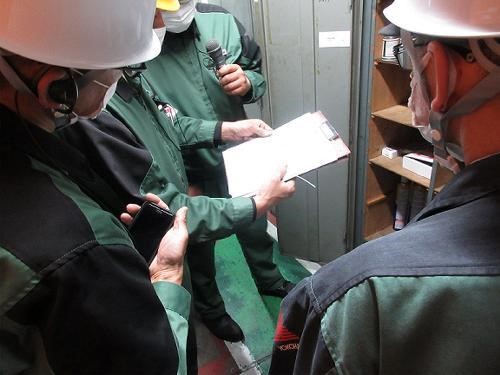
Fire prevention audit
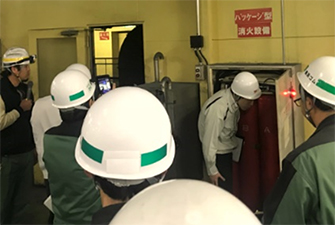
Fire prevention audit
For our Business Continuity Plan (BCP), we have prepared "Basic BCP Guidelines" and other guidelines for various destructive and non-destructive disasters, including infectious diseases, and revise them as necessary.
In 2022, a total of six BCP drills were conducted at the company-wide level (two) and at the department level (four).
By continuously conducting and brushing up drills for each department, we will continue to strengthen our systems and structures to protect our employees from disasters and continue to supply products and services when our business is exposed to disasters.
In 2022, a total of six BCP drills were conducted at the company-wide level (two) and at the department level (four).
By continuously conducting and brushing up drills for each department, we will continue to strengthen our systems and structures to protect our employees from disasters and continue to supply products and services when our business is exposed to disasters.
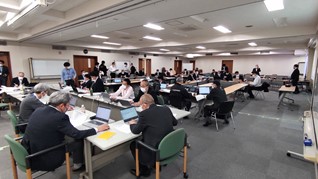
BCP training in Shinbashi
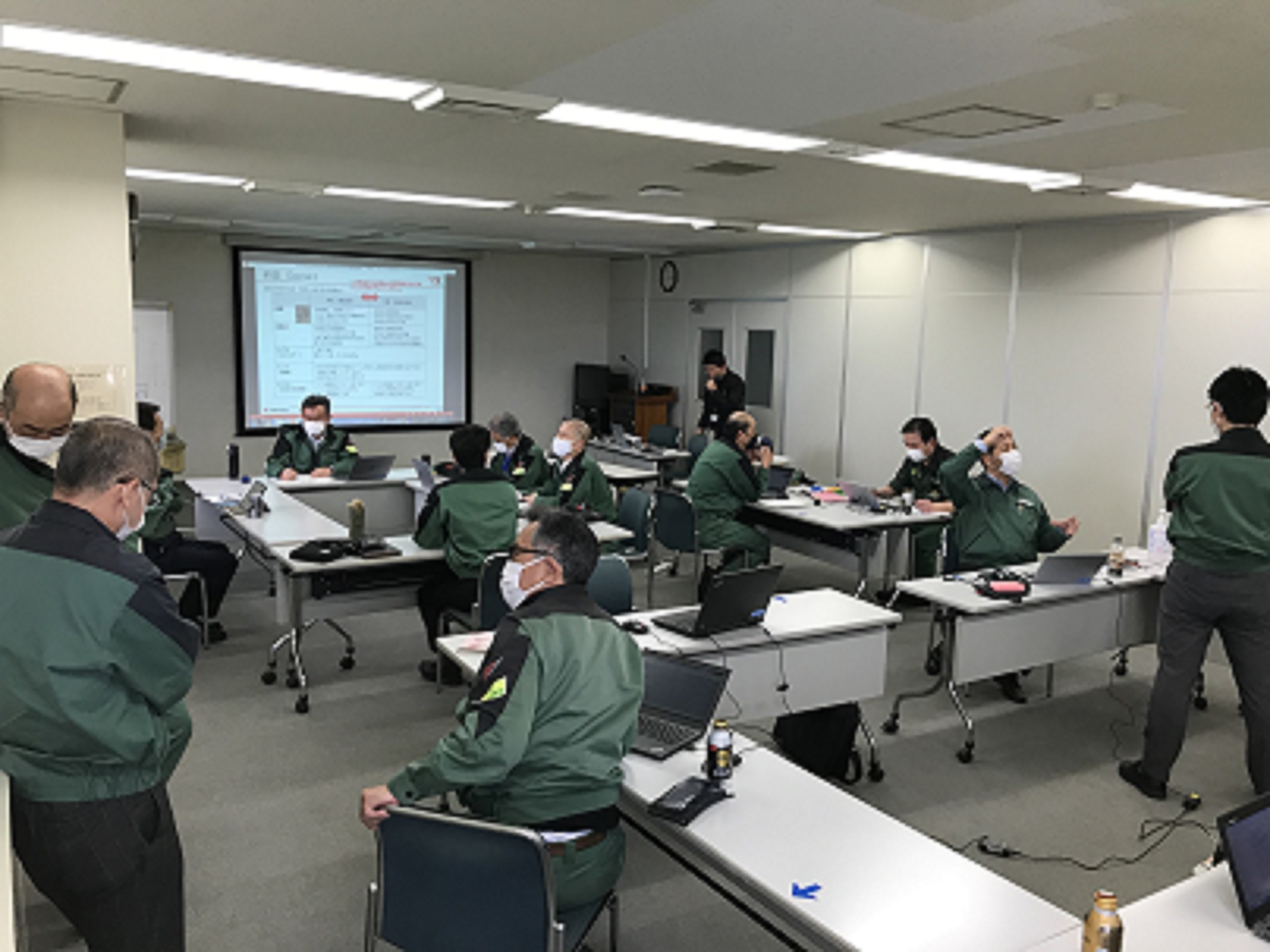
BCP training in Hiratsuka


